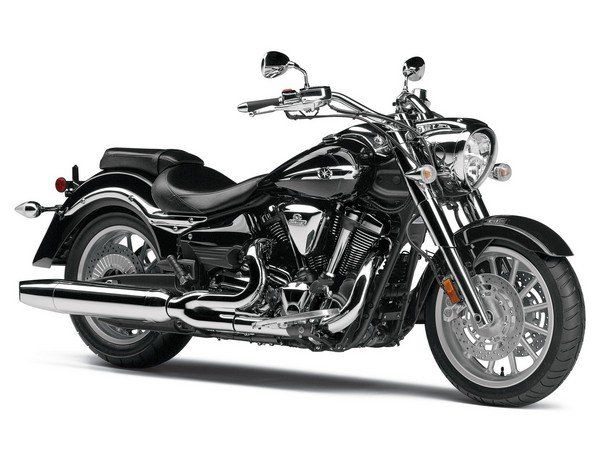Import Car Wallpaper Definition
Source (google.com.pk)Motor Trend magazine, an automobile enthusiast publication that debuted in 1949, was the first to name a Car of the Year in its inaugural year. Since then, the designation has been used to distinguish a variety of vehicles as evaluated by numerous other groups and organizations.
Motor Trend's first award went to Cadillac in 1949 for its V8 engine models (the earliest awards were given to the manufacturer, not to a specific vehicle). It has since expanded the award category to include the pickup truck and sport utility vehicle (SUV) of the year, awarding these separately from the Car of the Year. Until 1999, the award was only eligible to American-made cars; imports had their own category, the Import of the Year. The rationale for the combination was explained by editor Angus Mackenzie as "Because it's so hard to say that, for example, a Toyota Camry, built in Kentucky and designed in California, is less American than a Ford that may have been built in Canada or Mexico and designed in Europe."[citation needed] Since the combination of the awards, American cars have won the award seven times, and imports have won six times.
Motor Trend's Car of the Year is "one of the most prestigious honors bestowed in the auto industry." The trophy for the winner, a depiction of calipers, is often used in the winning automaker's marketing and advertising. Most cars that win the award report a spike in sales. However, receiving the Motor Trend magazine's recognition is no guarantee of success. This was the case of the nostalgic 2002 Ford Thunderbird, which did not meet expectations and was pulled from the market three years later.
To be eligible for the award, a car must be an "all-new" or "substantially upgraded" vehicle that has been on sale within 12 months from the previous November, vehicles that have been on sale for over five years are ineligible for the award). In recent years, each contender is ranked in the following three areas: superiority, significance, and value. It is not a comparison test. Motor Trend also only considers cars with base MSRPs less than $100,000 (in order to avoid expensive luxury and super cars dominating the competition).
Vehicles are subjected a battery of tests: standard car tests such as skid-pad ratings, acceleration and quarter-mile times, and evaluations of the interiors are combined with a track run conducted by SCCA-licensed testers and taking the cars out on normal roads to test their drivability under normal conditions, and fuel economy. Trucks and SUVs add towing capacity and speed, plus an off-road course, to the normal regimen.The annual Car of the Year Japan award, also known as Japan Car of the Year (or JCOTY), is given to newly released or redesigned vehicles released to the Japanese car buying market from November 1 of the previous year to October 31 of the current, and each award spans two calendar years. The award has been presented since 1980. The most recent recipient of the award, for 2012–2013, is the Mazda CX-5, a compact crossover SUV produced by Mazda.
The supervisory board is made up primarily of Japanese automotive journalists.
Import Car Wallpaper Free Wallpaper Pics Pictures Hd for Desktop Iphone Mobile HD 1080p

Import Car Wallpaper Free Wallpaper Pics Pictures Hd for Desktop Iphone Mobile HD 1080p

Import Car Wallpaper Free Wallpaper Pics Pictures Hd for Desktop Iphone Mobile HD 1080p

Import Car Wallpaper Free Wallpaper Pics Pictures Hd for Desktop Iphone Mobile HD 1080p

Import Car Wallpaper Free Wallpaper Pics Pictures Hd for Desktop Iphone Mobile HD 1080p

Import Car Wallpaper Free Wallpaper Pics Pictures Hd for Desktop Iphone Mobile HD 1080p

Import Car Wallpaper Free Wallpaper Pics Pictures Hd for Desktop Iphone Mobile HD 1080p

Import Car Wallpaper Free Wallpaper Pics Pictures Hd for Desktop Iphone Mobile HD 1080p

Import Car Wallpaper Free Wallpaper Pics Pictures Hd for Desktop Iphone Mobile HD 1080p

Import Car Wallpaper Free Wallpaper Pics Pictures Hd for Desktop Iphone Mobile HD 1080p
















































